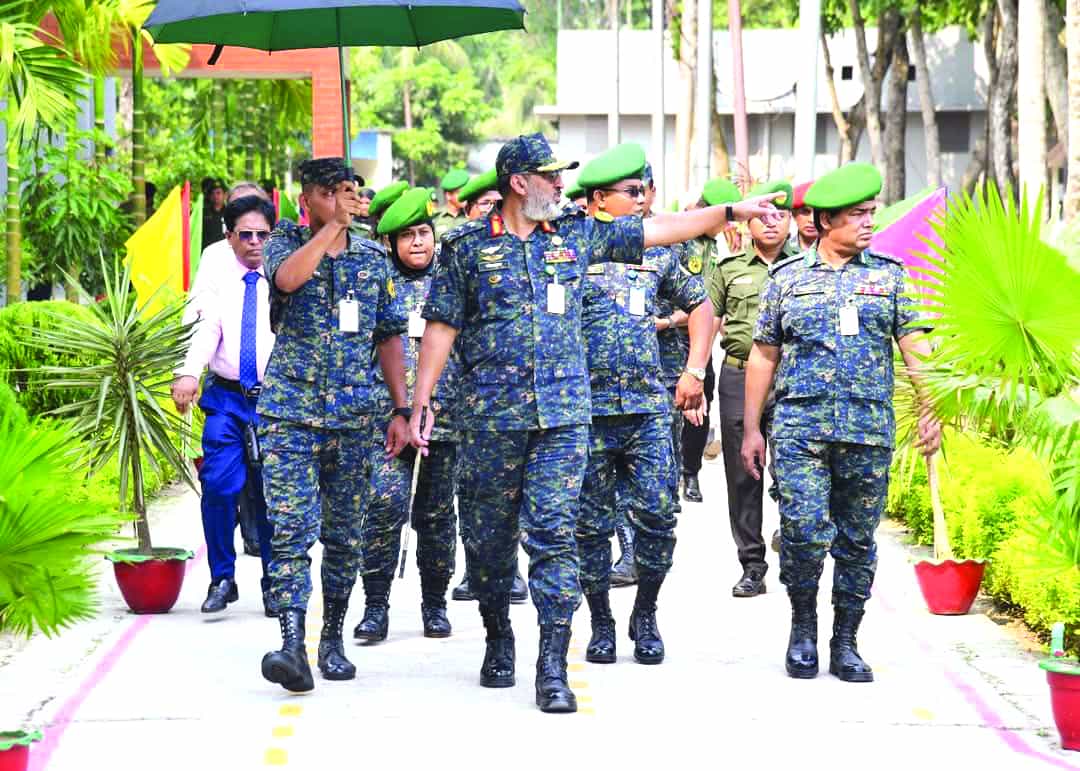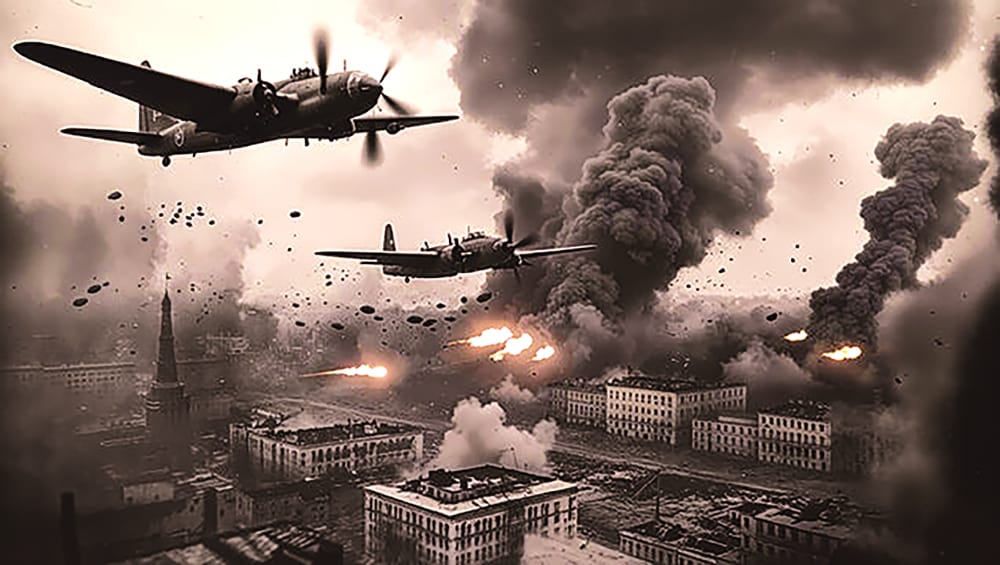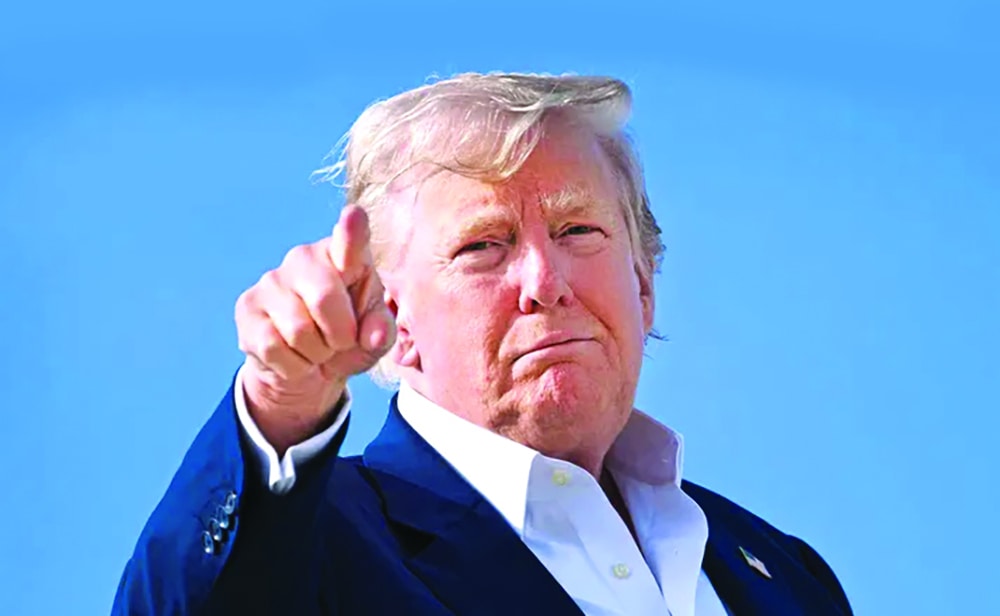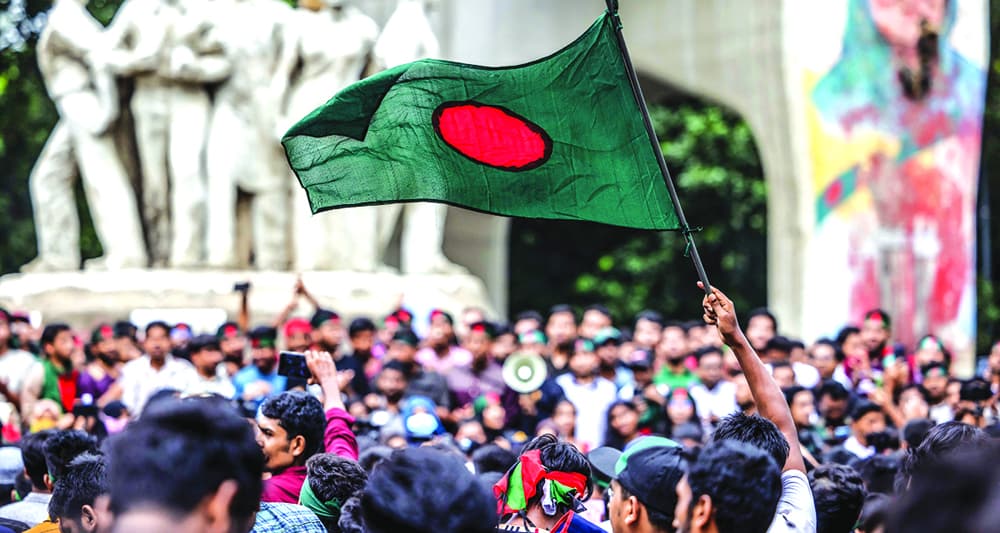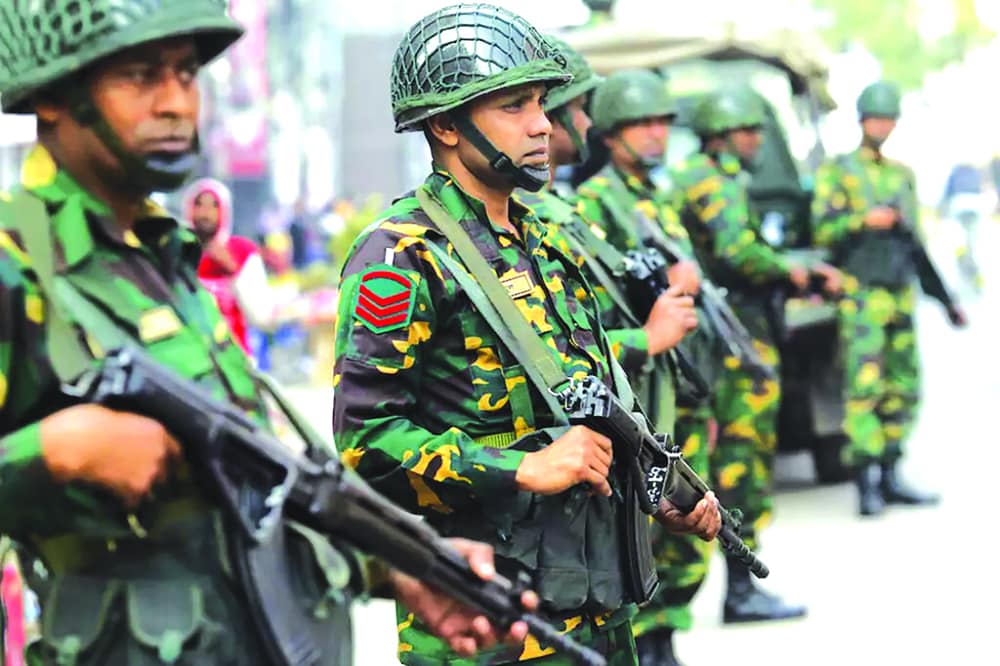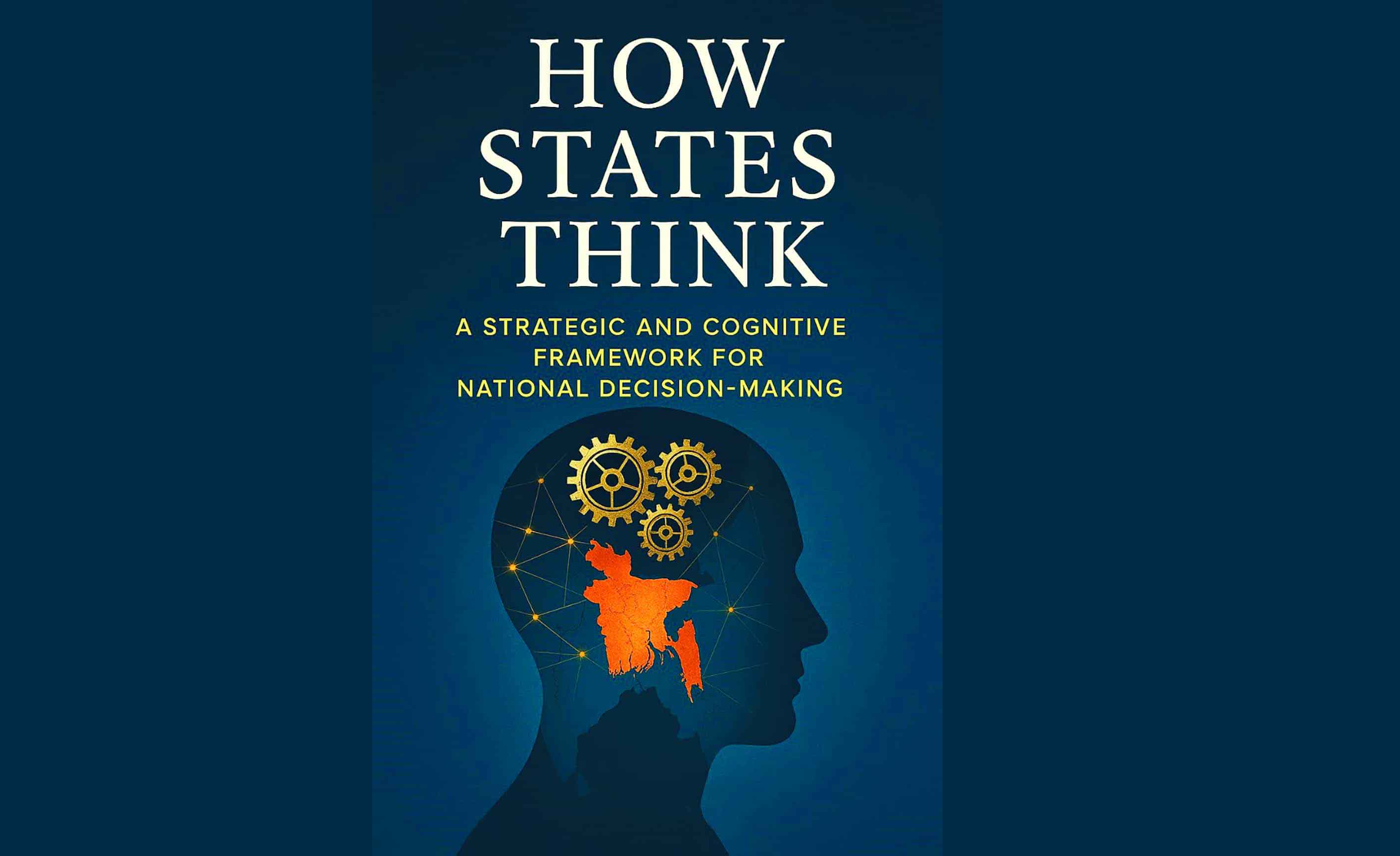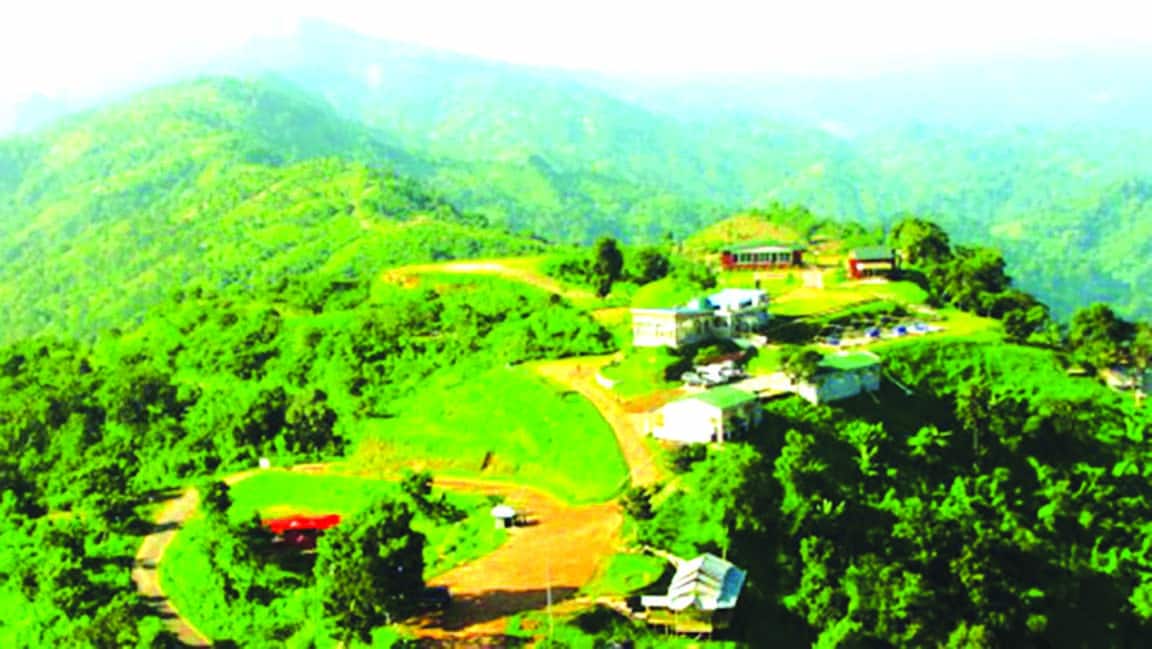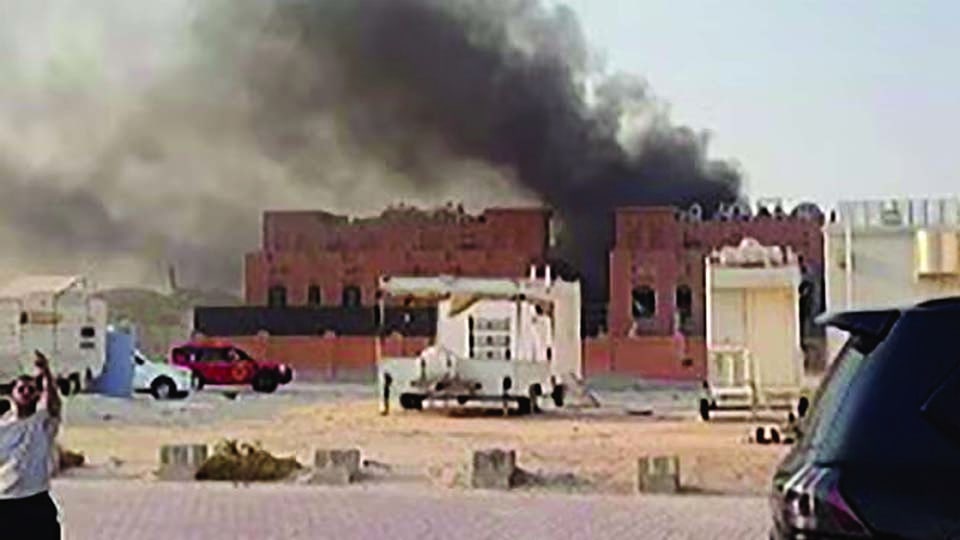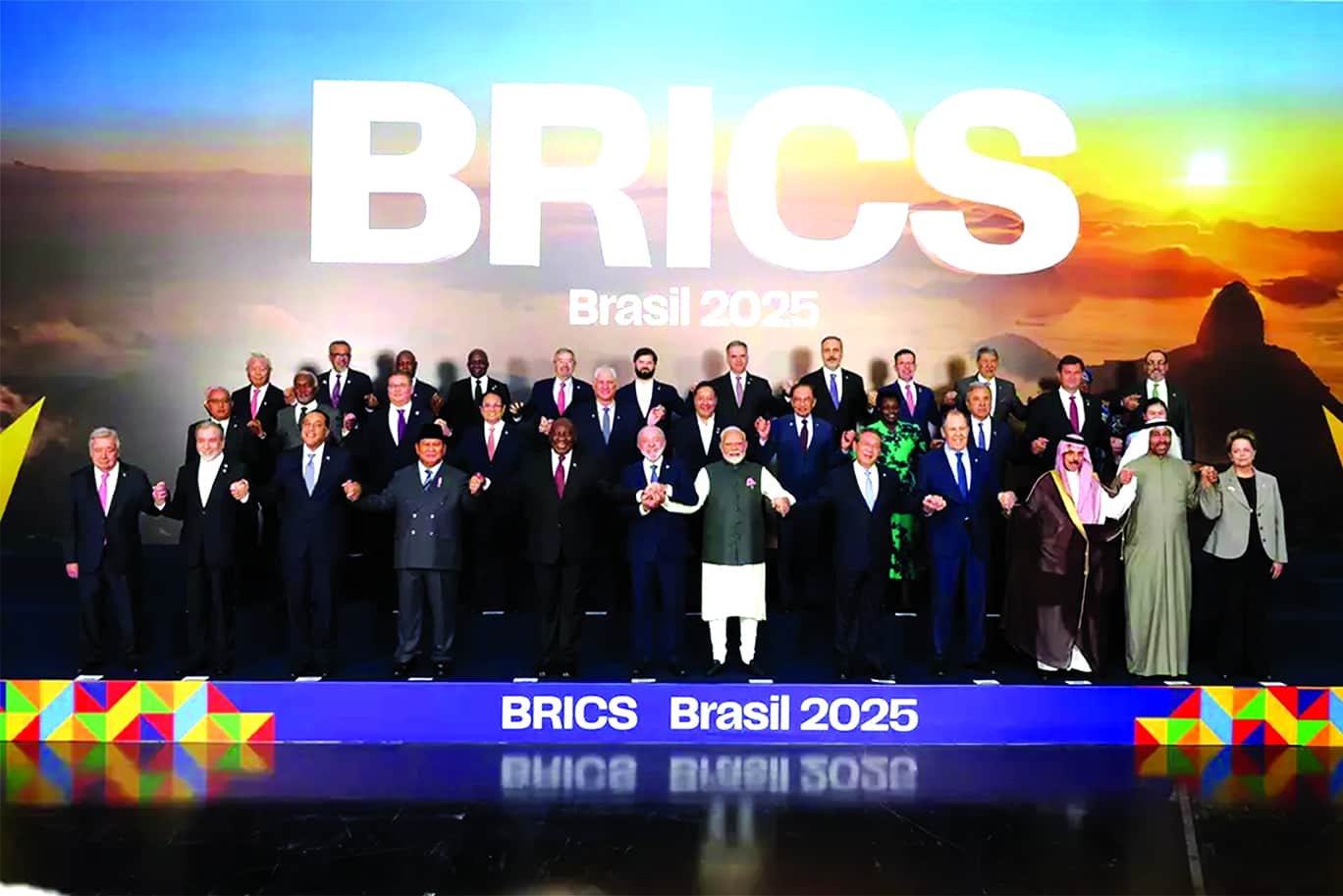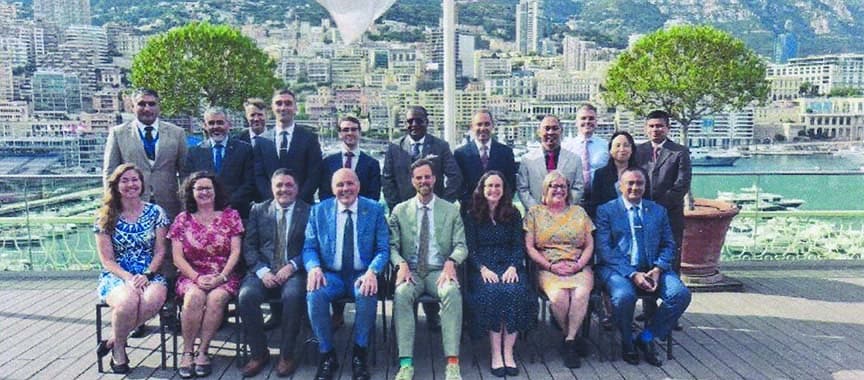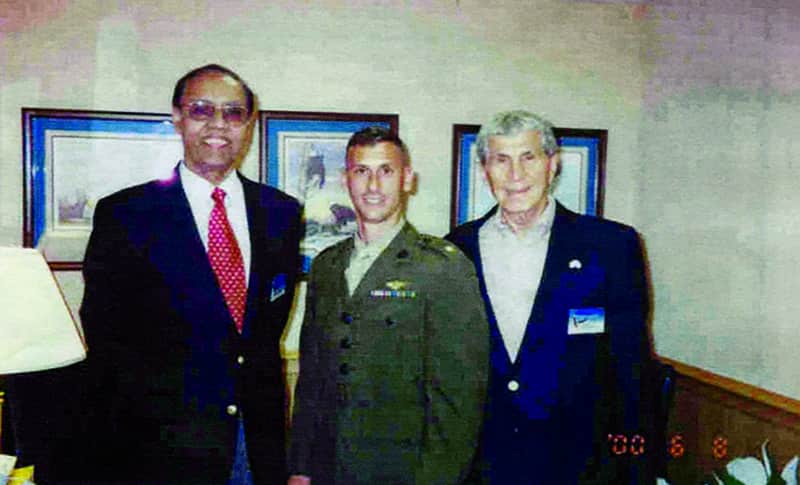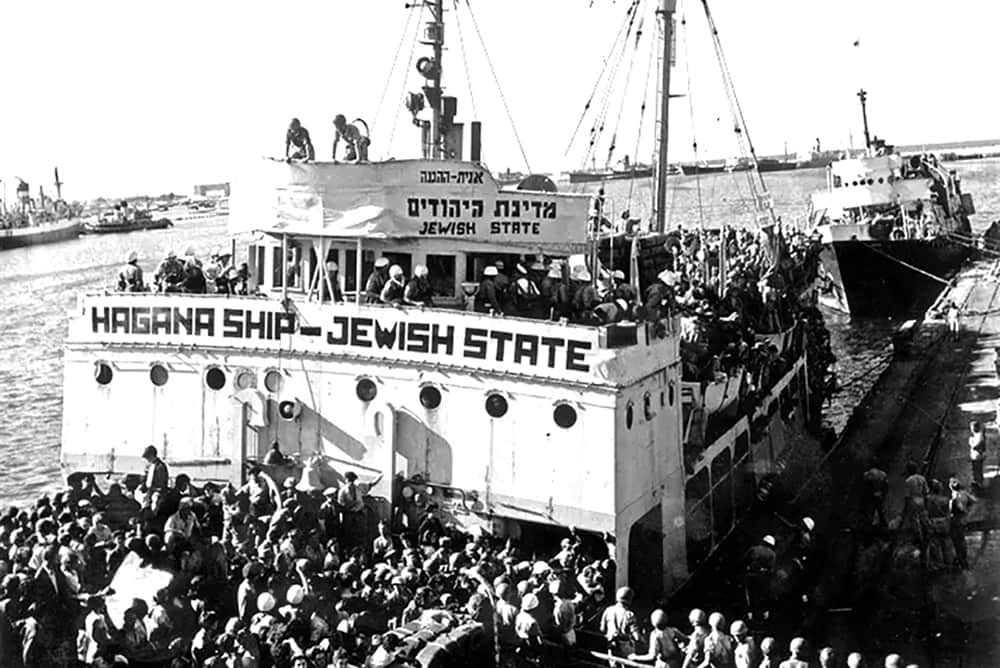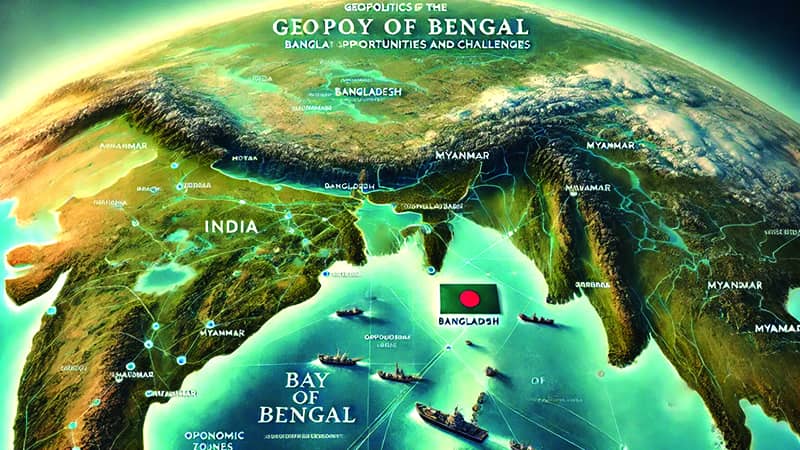Bangladesh Army In Indian Republic Day

Imran A. Chowdhury
Bangladesh Army’s stature in the world’s military stage is increasing by the day. Since its humble start, the army has showcased some extraordinary insignia of excellence. The Bangladesh Army today provides the largest contingent of peacekeeper for restoring peace around the world with the auspicious organisation like the United Nation. A true feather of acclaim in its cap. It has come a long way away from the birth of the organisation during the late autumn of 1971 during those tumultuous days of the atrocious liberation. The genesis of Bangladesh Army and its very start is intertwined with India. The humanitarian act of Indian people, government and the political spectrum will be written in golden letters for our descendants to know in the coming centuries after centuries. Without the generosity and humanity of India; things could have gone mephistophelian or fiendish, to say the least. The genocide that was started to annihilate the Bengali race from the face of the earth like the Final Solution of Hitler, They could have wiped the land clean. Had it not been Indian help to accelerate the full-scale Liberation War. Because, we reached out to them and they were benevolent enough to aid us to meet our goals. An epitome of neighbourly friendship in need.
The journey of the armies of India and Bangladesh started since those precarious days. I am a silent and non-significant witness of that journey who saw things to unfold in front his young eyes from the backdrop of the 1971. Looking today through the prism of the Liberation War, the freedom fighters, the refugee life, the help to organise and execute the nucleus of the indigenous Bangladesh Army just brings back a deluge of memories. Very fond memories these are, reflecting upon them retrospectively after all these years. I exactly remember how the Indian Army helped from the early days of the resistance to repulsion of the invading, treacherous Pakistan Army in providing artillery support to keep an area called Nou Mouza near Chatlapur BOP in Shamshernagar – which was needed to keep a free area all through the liberation war as that vital position was within the Pakistan Army’s artillery range to fire or bombard Koilashahar Indian air base ; The Indian Air Forces Eastern Command HQ ; My father was the company commander of the Bangladeshi Freedom Fighters made up with his E.P.R company from the month of April to August 1971 to man that position.
We ended up becoming refugees in Agartala, Tripura from the month of May and we were living in a refugee camp literally nestled in between the two most fought battle grounds of Liberation War namely Salda Nodi in the South and Akhaura in the North east both within 10 miles distance. These two bloody battle fronts could not have been possible to be tenable had there been no Indian Army’s direct artillery fire support all through the war. It was the Indian Army in Tripura which was running the training of our freedom fighters in hundreds of training camps to train youths, students, peasants, labourers into a Guerrillas within days and help them infiltrate inside with Indian made SLR (self-loading rifles ) and Sten Guns and of course green tunics and trouser with the jungle boots. A scene that still continue to reminisce & reverberate in my mind. My eldest brother was one of them too, sadly, who did not live to tell us his Odyssey.
When the preparation of war started to give the final push in the month of November ’71, the end masse of troops, the mules, the convoys of vehicles (lorries, jeeps trucks, speed boats, bridging equipment’s, pontoons) , gun carriages, The longest artillery gun barrels and the diameters I have ever seen in my life started to roll down the Agartala – Sabroom Highway day in day out. There was only one significant difference that I observed was the friendly smiles and grins in the faces of those Indian soldiers in their olive uniforms as opposed to the rude, red-eyed angry looks from the khaki-clad heinous Pakistani Killers which saw after their occupation of my town. The convoys and the route march 24/7 continued for over a month. I cannot forget those memories from my minds eyes ever. We counted 1000 lorries in one day and observing the multi-racial and diversified types of Indian Army soldiers, officers were amusing, the turbaned Sikhs, the kukri wearing Gurkhas, The grease and oil soaked EME repair men and the big moustached soldiers ( we were told they are Jats; who have big handle bar moustaches). This was a massive moral boost for the impoverished, disease stricken, weak refugee camp dwellers like me to see the Indian Army out there to help liberate our lost country back to us. Amid all these ever-changing rapid movements of an impending clouds of war, UN resolutions, Russian involvement after the Treaty on the day of Eid ul Fitr on the 21 November 1971 the ceremonial birth of the Bangladesh Armed Forces ( the erstwhile name of today’s Bangladesh Army) was christened. A journey began; and what a journey of pre-eminence it has been since those small hours of the Liberation War.
The War began in Dec ’71 and The Indian Army fighting physically shoulder to shoulder with the Bangladesh Armed Forces like hand in glove. I still remember whilst we were distributing JOY BANGLA newspaper in Agartala – The influx of Indian Army ambulances coming from Akhaura sector via Akhaura Road to Agartala, Those scenes are still so vivid in my memory after all these years, it makes the corners of my eyes moist, what I saw those few days still haunts me till today. The ambulances, the Sikh drivers driven civilian lories, the Indian Army jeeps were coming to Agartala with hundreds if not thousands of wounded Indian Army soldiers, some have no eyes, bloods pouring out of the sockets, limbs blown away, the olive tunic is blood stained and had to cut with saws. GB Hospital grounds, the Polo Grounds, the road leads to the Palace, the big maidan (ground), Krsihnanagar – Kunjabon and other areas were all full of wounded Indian Army soldiers in ambulances and lorries , make shift tents for field hospitals, civil and army paramedics running amok. I was worried about my father, will he come back? Will my brother make it? Little did I know, by then, my brother has been killed. But, despite everything, I came home told my mother and siblings what I saw and the size of sacrifices by the Indian Army for our independence, I still am an awe of the Indian Army’s dedication, bravery, heroism and above all their hecatombs to give us Bengalis a Shadhinota. We came back to an Independent Bangladesh after the Liberation to breathe some fresh air of the mother land, met my father ; a war hero, a father who just lost his eldest son in the war ; son who sacrificed himself at the altar of the Independence, narrates me his stores from the war. I learned that his life too along with whole company of Freedom Fighters lives were saved by the Indian Army’s 6th Gurkha regiment in Sylhet during the final push of the liberation of Sylhet on the 13/14 December 1971.
Long after the war ended the Pakistani Army POW are still in Sylhet guarded by the Indian Army in the then residential model school in Sylhet, Bangladesh Forces – Sector 4 HQ is present day Blue Bird School were sending every 3 days couple of lorries to Masimpur, Indian Army Cantonment in Silchor, India to bring rations for the sector troops of the Bangladesh Forces including fresh vegetables, firewood, meat and chicken plus the fuel for the transports, medicine for the Freedom Fighters. Another pick up full of patients also accompanied those rations lorries to see the doctors at the Military Hospital in Masimpur Cantonment, I had to go for treatment there too many occasions. Every visit to masimpur used to end with a visit to the Freedom Fighters; ward at the Masimpur Military Hospital seeing the injured or wounded Bangladesh Freedom Fighters still being treated by the Indian Army free of cost. Attended many dinners (popularly known as Borokhana) given by both Indian Army and BDF (Bangladesh Forces) during their stay and whilst bidding farewell. The camaraderie among these two organisations were the best at all the times. My father was a great admirer and always used to pay his homage of saving their lives and many a times told us that, The Indian Army is one of the best disciplined forces in the world. He used to reiterate that, there was not a single bad discipline incident in Sylhet since the day of liberation till the time they left in early March 1972.
Meanwhile, a lot of waters have rolled down the green marshes and the estuaries of Bangladesh and Indian army is today i 126 years old institution and Bangladesh Army is leapfrogging to touch half a century mark. The two giants are going to march shoulder to shoulder during the Republican Day parade’s military – civil pageantry in Delhi. Today after all these years whilst penning this personal evocation of the events of that era , suddenly making me very emotional and at the same time making me feel go back to those tumultuous times of the Liberation War and its psychological scars that I am still carrying to this date. This is not a fictional story; this is what I have witnessed by own eyes all those years back. How strongly the Indian Army, the people of India & the Government of India hold a special place in my heart.
I am sure many like me who were the silent and insignificant witnesses of the Liberation War are feeling the same avalanche of reminiscences of that era, when the two entities were inseparable, jointed together by the umbilical cord marched with zeal, vigour, determination, discipline, a coordinated battle plan to liberate Bangladesh from the clutches of the most heinous, barbaric, ruthless killing man and machine of the Pakistani Punjabi Army. Who have viciously precipitated a Genocide and an ethnic cleansing.
Bangladesh Army contingent marching with the Indian Armed Forces on this momentous day is perhaps one of the most proudest moment in the history of Bangladesh Army. This will herald a new era of cooperation, fusing and mutual trust. Long Live the Friendship.
Imran A. Chowdhury is Lieutenant ( retd), Founder & CEO, www.c-ppp.org






